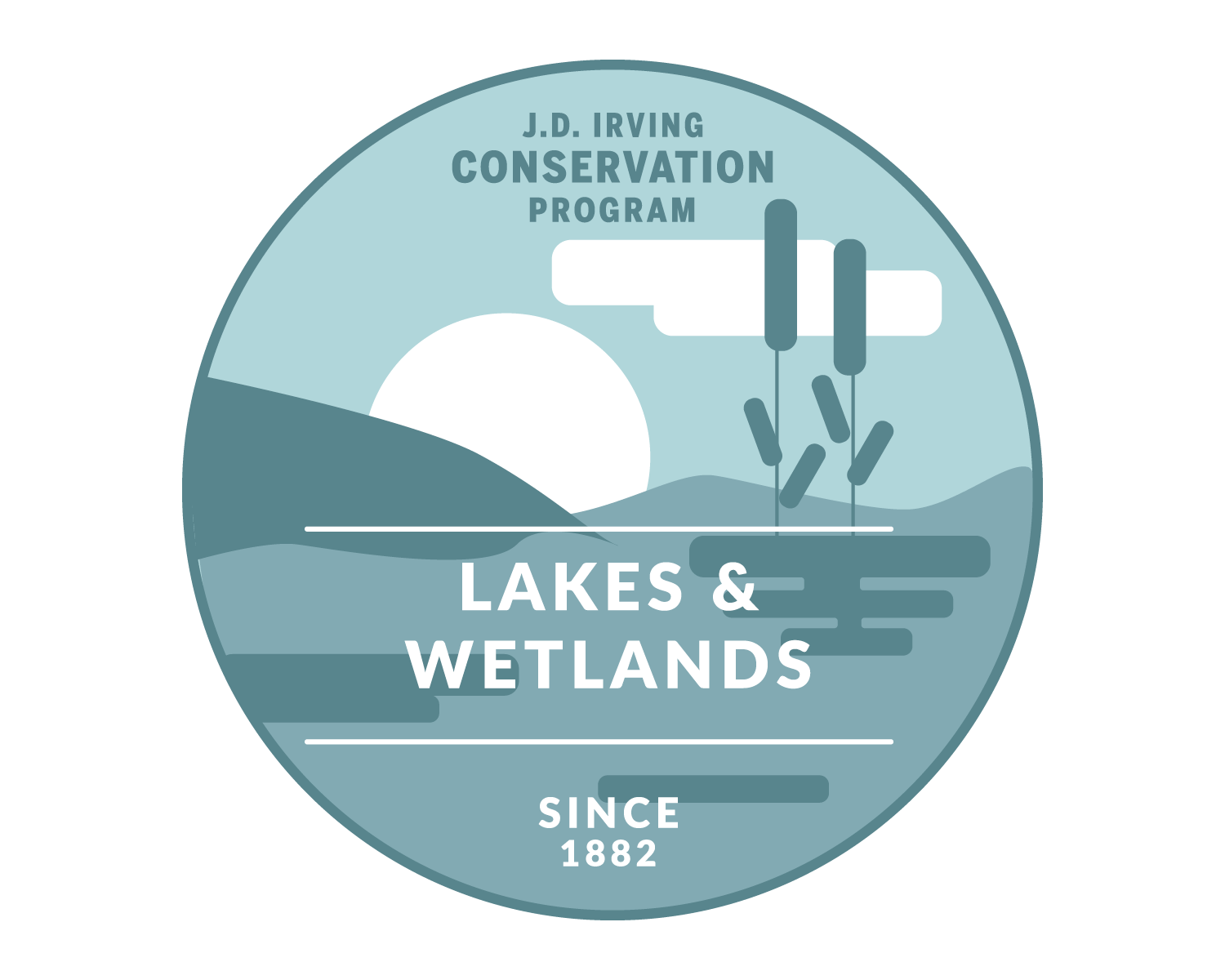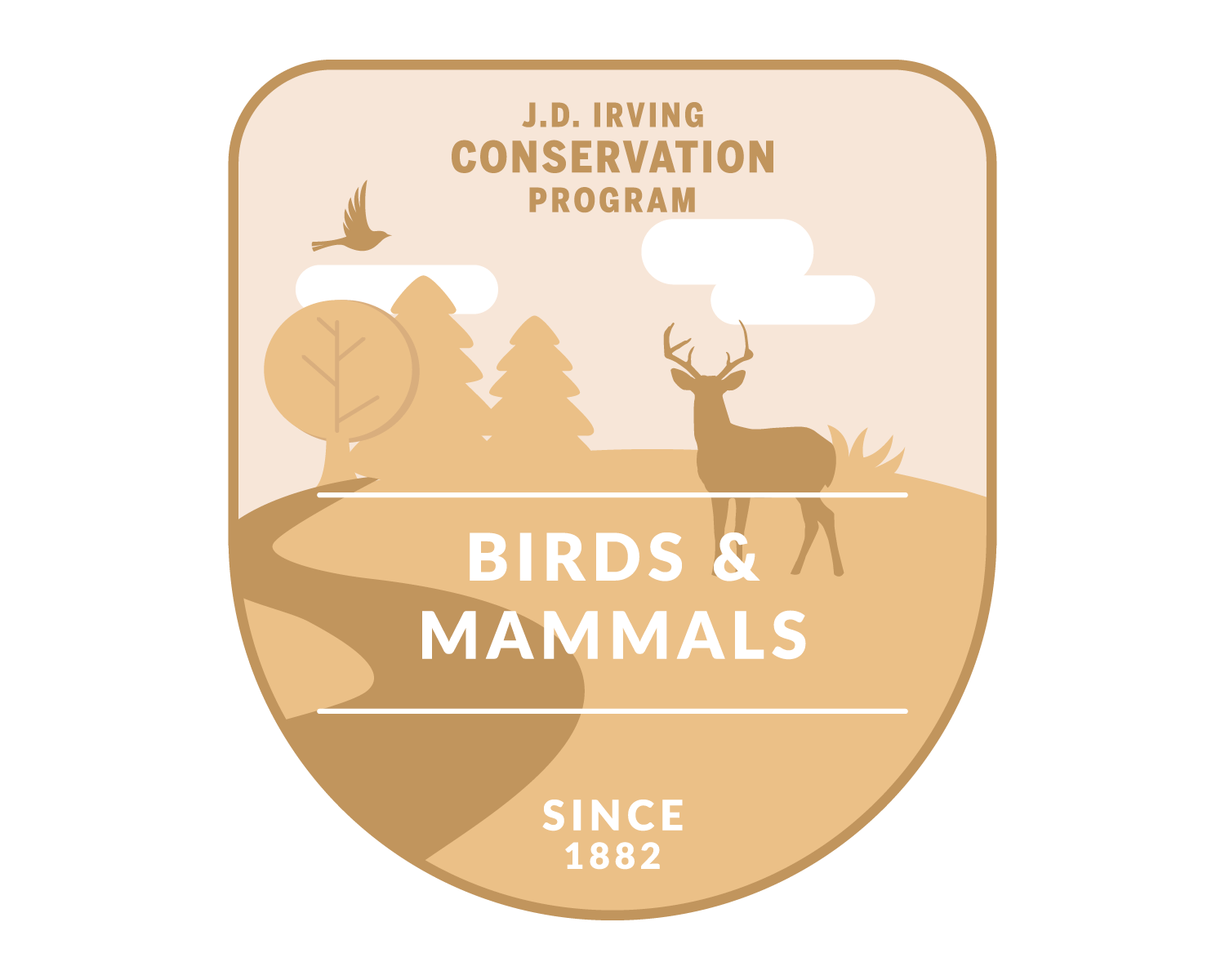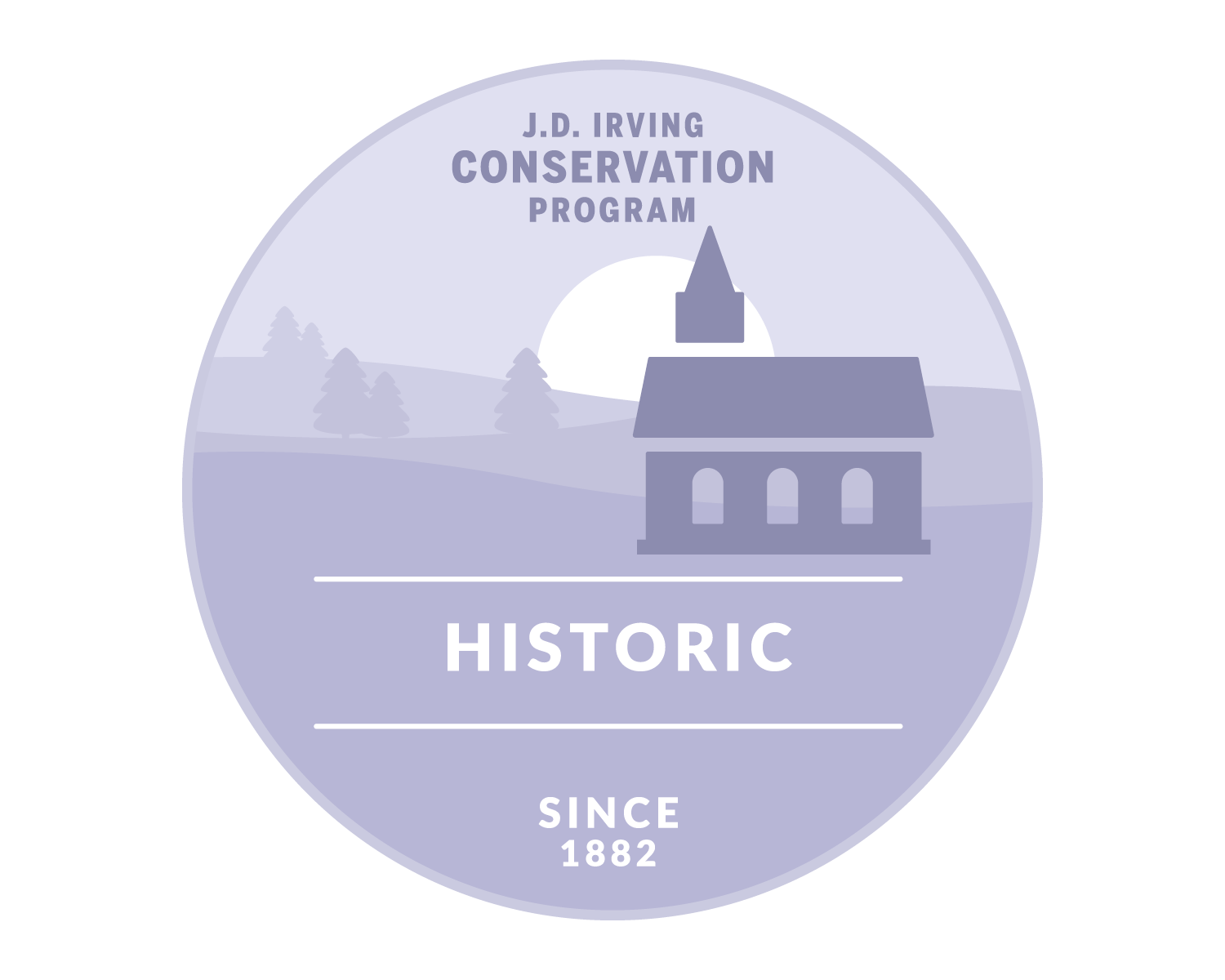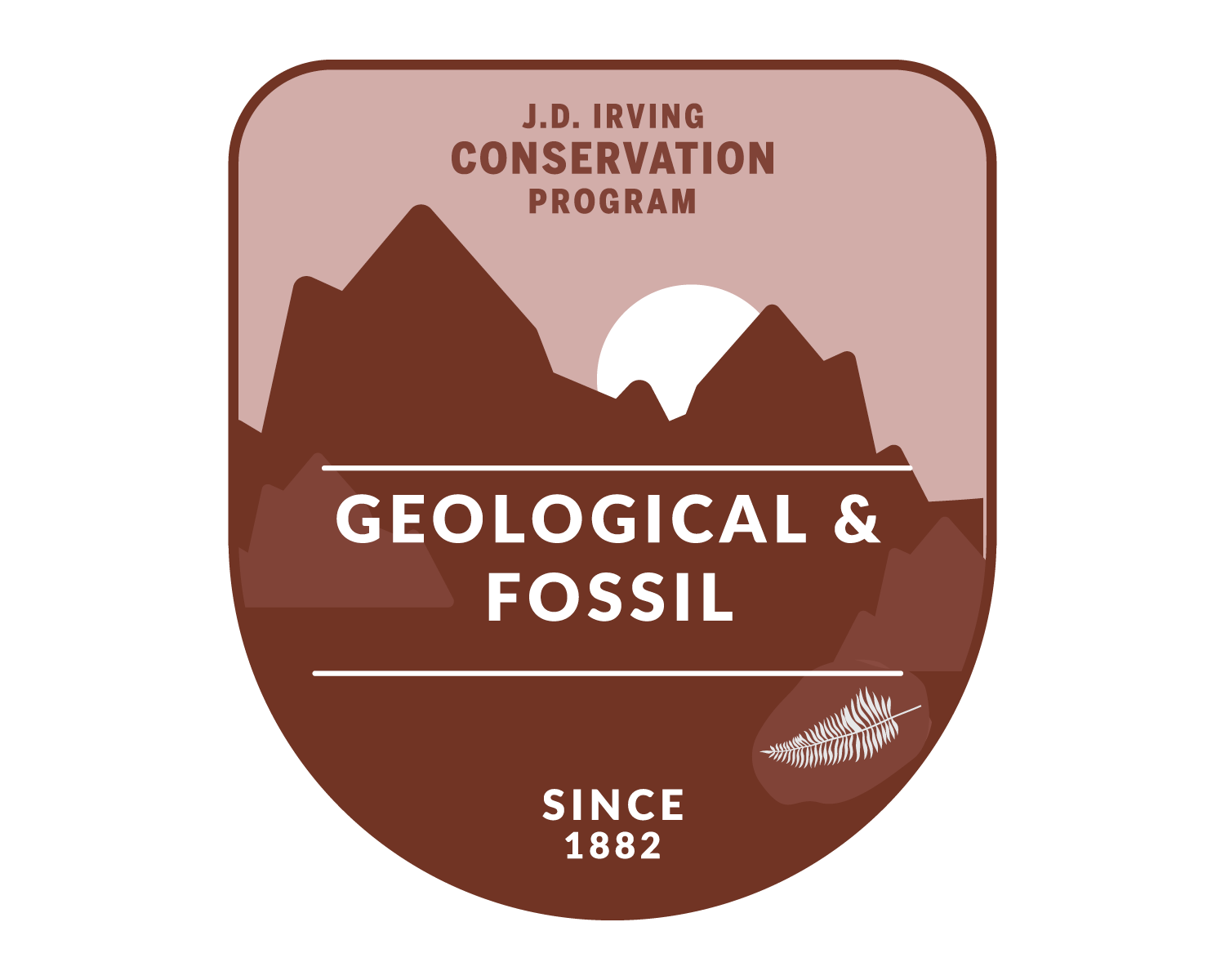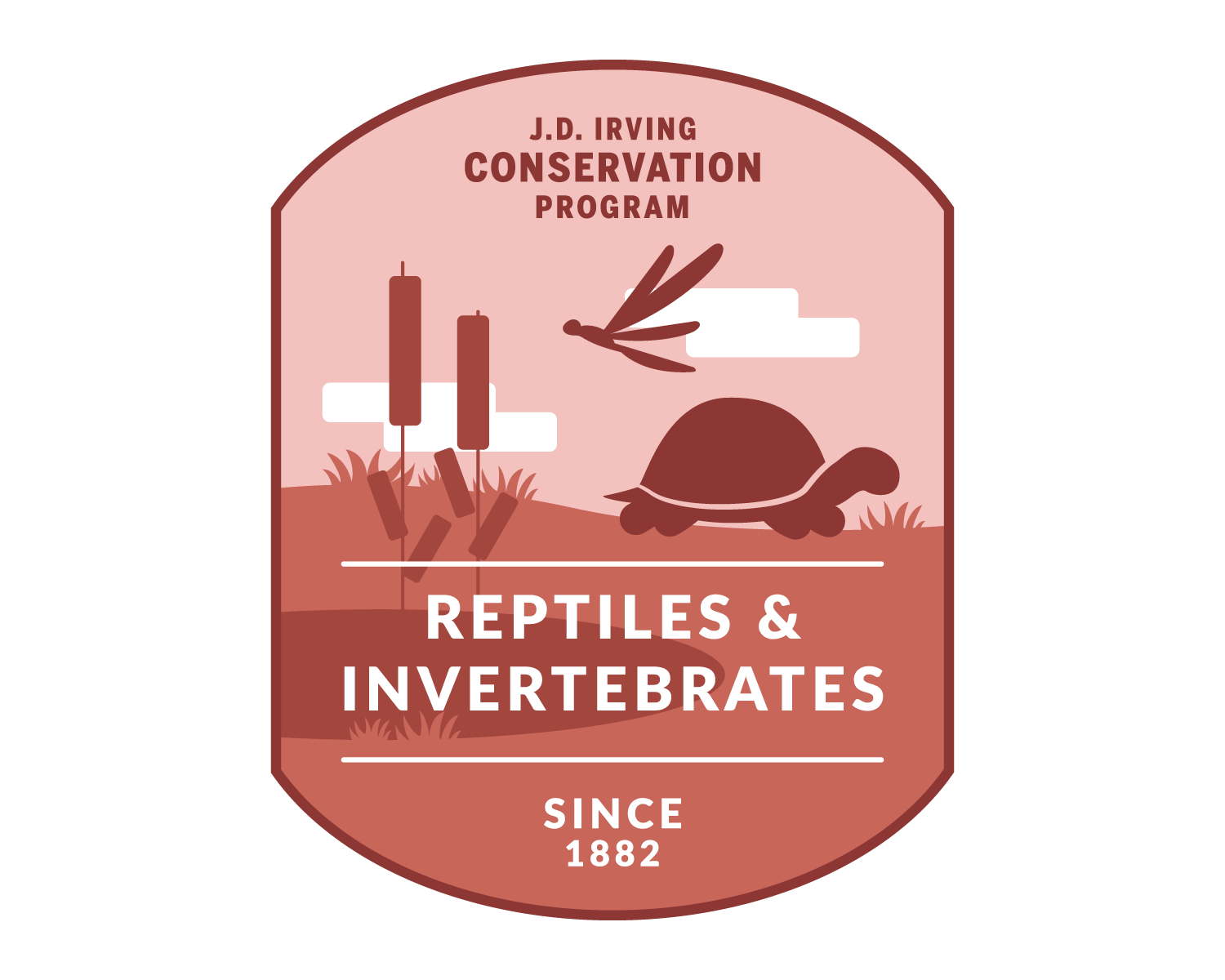PLANTS
AT THE IRVING NATURE PARK
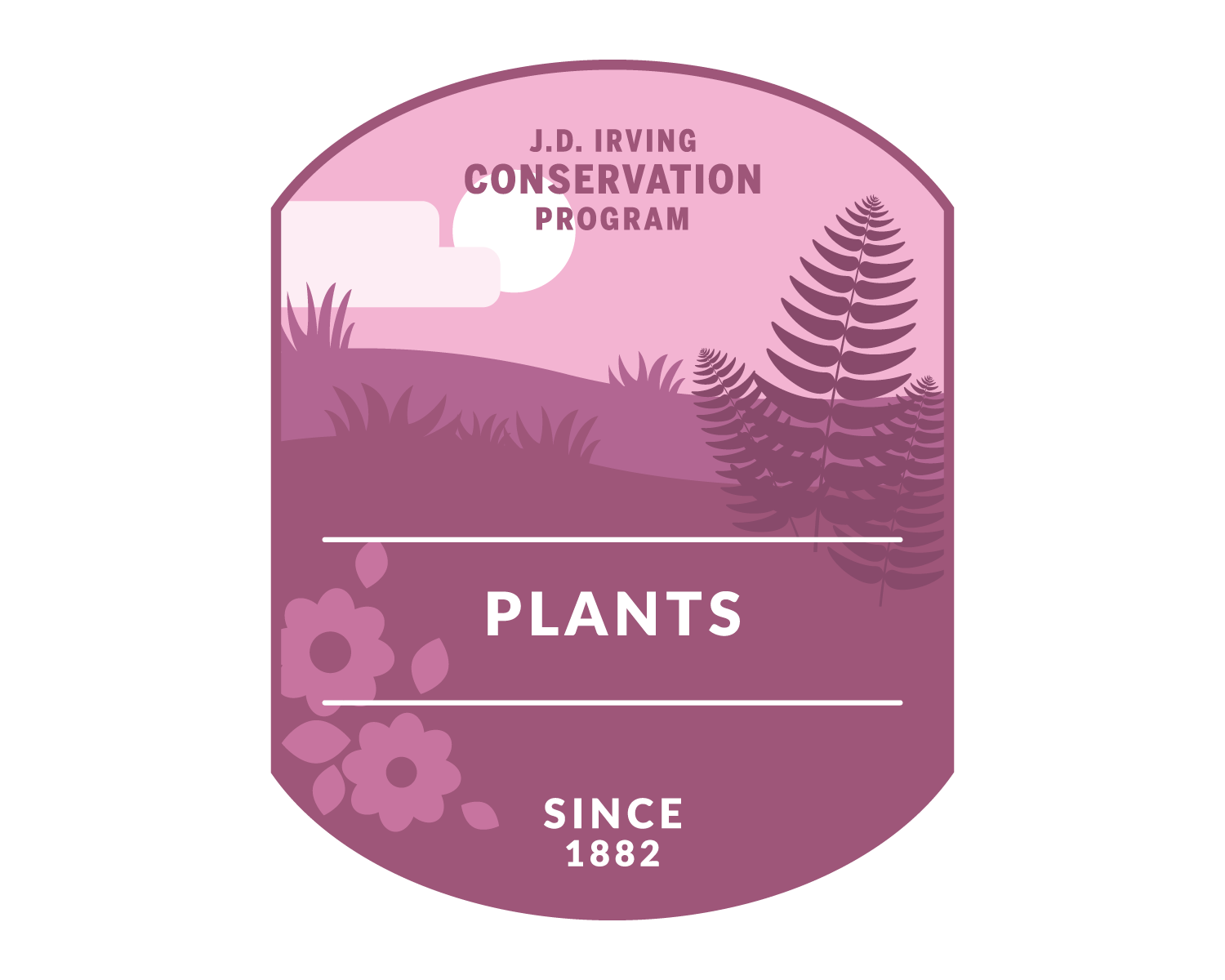
PLANTS
Indian Pipe: Indian pipe is really a fascinating plant that is native to North America and found right here along the Frog Trail at the Irving Nature Park! It is a unique ghostly looking plant that appears translucent, and when in flower, vaguely resembles a smoker’s pipe. It is a parasitic plant meaning it gets its nutrients from other living plants! Indian pipe can grow in the darkest of forests, as it lacks chlorophyll and does not depend on sunlight. Other environments where you will find Indian pipe growing include shady woods with rich, moist soil and in areas of decaying leaves.
Marram Grass: Saints Rest Beach is lined with an ecologically significant plant, known as Marram grass. Marram grass is a familiar sight across coastal environments and plays a key role in stabilizing our shorelines. Look for its densely packed golden flower spikes and its rolled leaves. The root system of this plant is so extensive that it acts as a protective net, holding the sand and gravel together along the shore. Without it, the sand would soon be washed out with the tide or blown away by the shore winds. Please do not disturb the grass by walking or driving over it because as soon as this plant dies, it will not reestablish itself!
Swamp Milkweed: Planted here at the Information Kiosk as a pollinator garden initiative, Swamp Milkweed serves as a pollen and nectar source for butterflies and bees in late summer. It has bright green leaves and vibrant pink blooms. It is also one of the only plants that Monarch butterflies can lay its eggs on. Hatched Monarch caterpillars eat the leaves of Swamp Milkweed until they are ready to go into chrysalis. From chrysalis to an emergent, the Monarch butterfly will feed on the nectar of this plant for energy before making its long journey to Mexico. By planting Swamp Milkweed, we can contribute to the conservation and survival of Monarch butterflies in the province!
